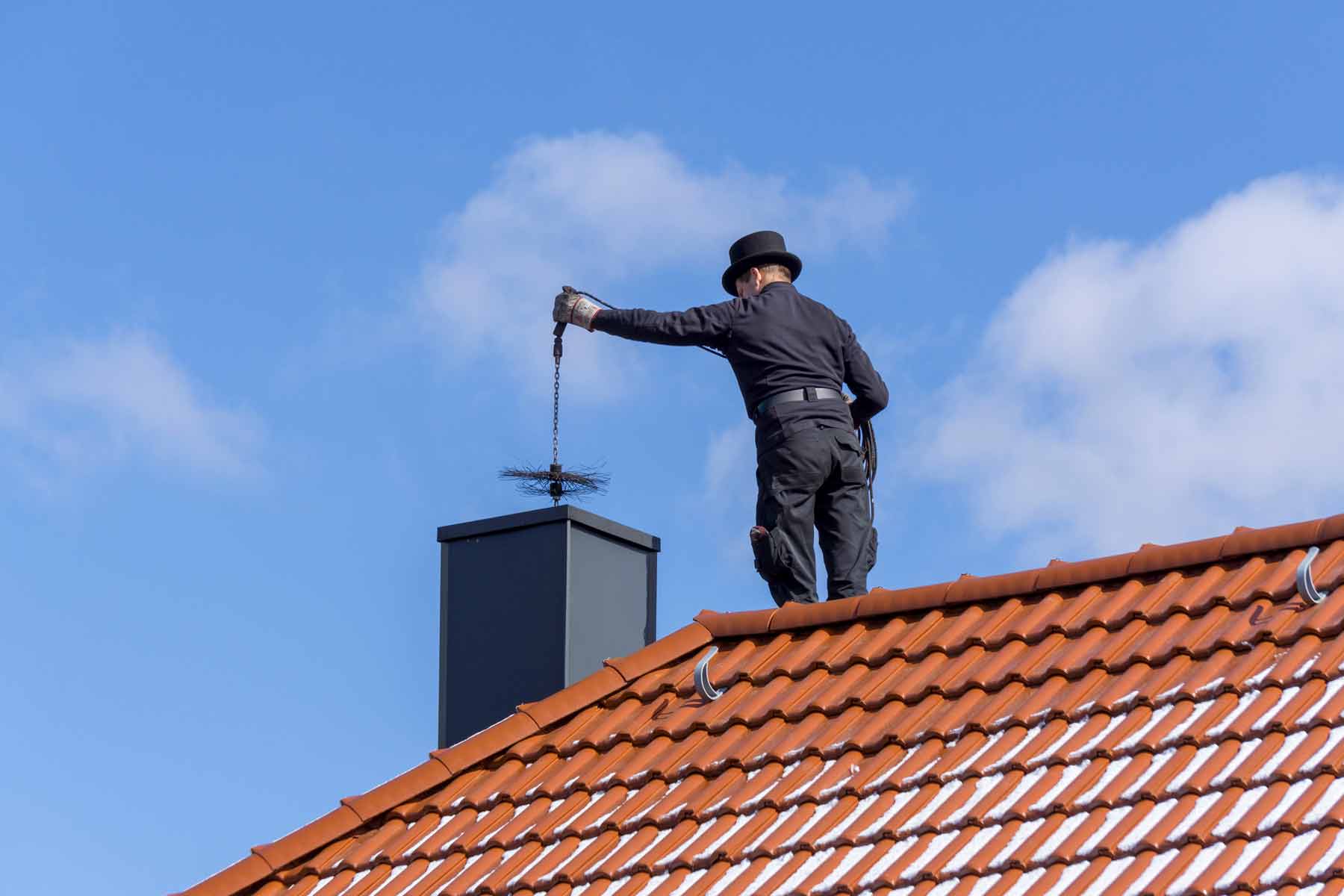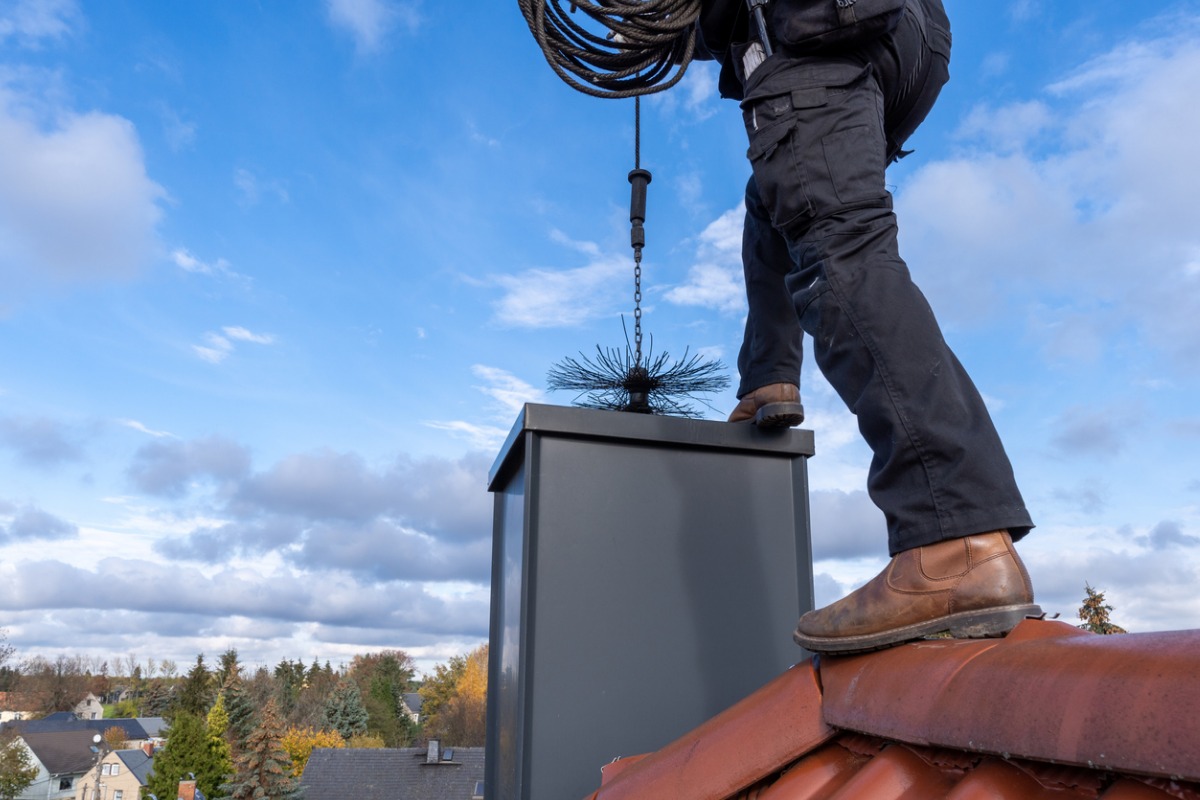The Comprehensive Overview to Chimney Maintenance San Jose: Key Tips for Home Security
The Comprehensive Overview to Chimney Maintenance San Jose: Key Tips for Home Security
Blog Article
Expert Tips for Effective Chimney Upkeep You Required to Know
Smokeshafts function as essential elements in lots of homes, supplying warmth and convenience. However, guaranteeing their appropriate maintenance is frequently forgotten until problems emerge. Understanding the intricacies of smokeshaft care can be the key to avoid costly fixings and safeguarding your home and family. From the value of regular examinations to secure functional techniques, a comprehensive method to chimney maintenance is essential. Allow's check out professional pointers that can aid you keep your chimney in optimum condition for many years ahead.
Relevance of Regular Inspections
Normal inspections of smokeshafts are crucial for guaranteeing their security and capability. Chimneys play a crucial function in venting out damaging gases and preserving proper air flow in a home. Gradually, creosote buildup, particles, and architectural damage can occur within the chimney, positioning significant threats such as smokeshaft fires or carbon monoxide gas leaks.
During a smokeshaft examination, trained specialists assess the problem of the chimney, seeking any kind of indications of damage, blockages, or damage. They likewise examine the integrity of the flue, chimney liner, and chimney cap to ensure whatever remains in appropriate working order. By identifying and addressing problems early on, potential risks or pricey repairs can be avoided.
Normal inspections not only assist in maintaining the security of the chimney however additionally contribute to its general effectiveness. A tidy and properly maintained smokeshaft runs better, guaranteeing appropriate air flow and minimizing the risk of indoor air contamination. For that reason, organizing yearly chimney evaluations is a positive procedure that house owners can take to secure their property and loved ones.
Cleaning Techniques and Regularity
Keeping the security and effectiveness of a chimney includes not just routine evaluations but additionally carrying out proper cleaning techniques and establishing the optimal frequency for cleansing. Chimneys should be cleansed by a professional chimney sweeper at least yearly, also if they are not regularly used. However, if the smokeshaft is utilized on a regular basis, particularly with wood-burning stoves or fireplaces, it might need more regular cleanings to stop the build-up of creosote, a very flammable material that can result in chimney fires.
House owners should never ever disregard chimney cleansing, as it is vital for maintaining a secure and useful smokeshaft system. Routine cleanings not just minimize the threat of chimney fires but additionally enhance the smokeshaft's general efficiency and longevity.
Attending To Smokeshaft Leaks

When dealing with smokeshaft leakages, complete evaluation and prompt repair work are critical to prevent water damages and keep the architectural honesty of the chimney,. Leakages in a chimney can lead to significant problems such as mold and mildew growth, deterioration of the smokeshaft framework, and also prospective fire threats. To properly attend to smokeshaft leakages, begin by evaluating the smokeshaft cap, crown, blinking, and stonework for any kind of indications of damages or wear. Smokeshaft caps need go to my blog to be safely in location to avoid water from entering, while the crown and flashing need to be undamaged and properly sealed. Any kind of splits or spaces in the stonework should be repaired without delay to avoid water infiltration. Furthermore, consider waterproofing the smokeshaft to supply an extra layer of security against wetness. Regular upkeep and inspections can aid attend to and find chimney leaks early, saving you from expensive repair services and guaranteeing the safety and security and longevity of your chimney.
Recognizing Creosote Build-Up
To understand the potential threats of creosote build-up in smokeshafts, it is necessary to identify its development procedure and effect on smokeshaft performance. Creosote is a brown or black tar-like compound that collects inside chimney systems when timber or nonrenewable fuel sources are shed. As smoke increases with the chimney, it cools down and condenses, leading to the formation of creosote, which sticks to the chimney wall surfaces.

Regular chimney evaluations and cleansings by a specialist chimney sweeper are essential in avoiding creosote build-up and guaranteeing the safe operation of your smokeshaft system.
Safe Procedure Practices
Carrying out appropriate safety procedures is necessary for the effective and safe operation of smokeshaft systems. When utilizing a fireplace or wood-burning oven, it is vital to follow specific security practices to avoid possible risks. To start with, constantly make certain that the chimney is expertly checked and cleaned up on a regular basis to eliminate any creosote accumulation, which can lead to chimney fires. Additionally, utilize a durable display or glass door in front of the fire place to avoid cinders or sparks from triggering a fire and escaping in your house. It is also crucial to never ever overload the fire place with extreme amounts of timber, as this can result in overheating and potential architectural damage.
Moreover, make certain to only burn experienced timber in your fire place, as damp or green timber can produce even more creosote and trigger dangerous smokeshaft blockages. Lastly, never leave a fire unattended and constantly make sure the fire is totally snuffed out before going to bed or leaving the home. By complying with these risk-free procedure practices, you can enjoy a warm and cozy fire while ensuring the safety of your home and liked ones.
Conclusion
Finally, keeping your smokeshaft is crucial for guaranteeing its security and efficiency. Normal assessments, proper cleaning techniques, addressing leaks, handling creosote build-up, and following safe procedure techniques are vital aspects of chimney maintenance. By remaining on top of these tasks, you can protect against possible dangers and prolong the life expectancy of your smokeshaft. It is essential to focus on chimney maintenance to maintain your home safe and warm during the chillier months.
Over time, creosote accumulation, particles, and structural damage can occur within the chimney, posing severe dangers such as smokeshaft fires or carbon monoxide leakages.
If the smokeshaft is used on a regular basis, particularly with wood-burning stoves or fireplaces, it may need more regular cleanings to prevent the buildup of creosote, a highly combustible material that can lead to chimney fires. (Chimney Maintenance San Jose)
To comprehend the prospective threats of creosote build-up in chimneys, it is necessary to identify have a peek here its development procedure and influence on smokeshaft efficiency. As smoke increases via the chimney, it condenses and cools, leading to the formation of creosote, which adheres to the smokeshaft wall surfaces.
Constantly make certain that the smokeshaft is professionally examined and cleaned up consistently to remove any type of creosote accumulation, which can lead to smokeshaft fires.
Report this page